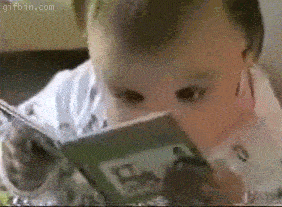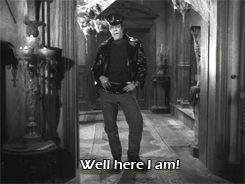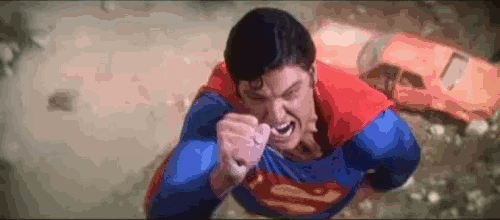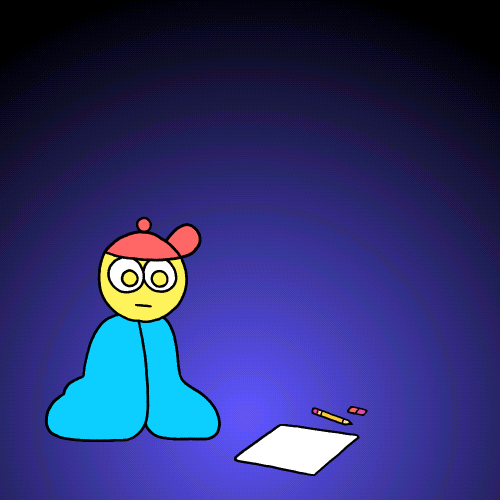6 things we learnt from Top Design Firms in London
As more organisations recognise the value of design in transforming their business, design briefs have become more complex, involve more stakeholders, and are developed much earlier in the transformation process. Design consultants, in turn, feel the pressure to build up new capabilities to respond to these needs.

Last month, the DesignSingapore Council (Dsg), with support from the British Council, organised a Design Trade Mission to London to learn from outstanding British design firms in emergent areas like design strategy, service design and experience design. Nine Singapore-based design consultancies, selected for their work and interest in these emergent areas, joined us to visit Futurice, Seymourpowell, Engine Service Design, Snook, UsTwo, Market Gravity, Method, Bruce Mau Design, Foolproof and Native. Here is what we learnt:
Communicate your uniqueness and be proud of it

While the design firms we met had the capability to support clients from strategy development to market launch of products, some chose to sit squarely in one area. Engine Service Design, for example, has deliberately chosen to “decouple strategy from execution” so that they don’t hard-sell solutions based on their capabilities. This gives them added credibility and unique voice as an independent consultant. Others like Native are with clients from the start till the finish – this helps them ensure the integrity of their designs. Whichever way you chose to do it, the crux is in being able to communicate your unique value proposition loud and clear to the client.

Most of the issues we face these days are systemic, [so] we need to think widely and act broadly.
Elevate your brand

What makes a customer think of you first when they have a challenge to tackle? The design firms shared some ways in which they built brand-recall amongst their clients. Futurice, for example, publishes thought leadership articles on their blog and shares their methodology that combines design thinking and agile philosophy, called “Lean Service Creation”. Native makes use of well-produced concept videos that “show wonder” and excite clients on future possibilities.
Raven Chai, of UX Consulting, one of the nine firms on the trip, shared that he was inspired by the “depth of critical thinking, quality of delivery and scale of impact” that the firms achieved with their multi-disciplinary teams. “The trip provided clarity on different possibilities for UX firms like us to explore in our future journey.”
Create the perfect design brief for yourself

Design firms don’t always have to wait for a great client to come along with the perfect design brief. Instead of focusing only on client-commissioned work, design firms can also invest time on developing their own ideas. Take ustwo, a digital product and service studio which works with businesses and organisations to create digital products and services. In 2013, it went so far as to create ustwo Games to develop its own mobile games (including the insanely popular Monument Valley). In 2015, it gave itself the challenge to design, build, test and launch a new product all in 10 weeks “to truly feel and understand the commercial pressures of our clients”. The result was Moodnotes, a journalling app to help improve people’s thinking habits and emotional health. Today, the app is also a tool that has helped ustwo win healthcare clients by demonstrating its ability to meld scientifically credible content, design and user-focused thinking to address digital health.
Hire for variety and transdisciplinary skills

All the firms we met stressed the importance of setting up teams with multidisciplinary skillsets. Snook, for example, hires a wide range of specialists from social scientists to tech developers so as to bring various skill sets and different views to tackle problems. “Most of the issues we face these days are systemic, [so] we need to think widely and act broadly,” said Lucy Stewart of Snook. Most firms hire for individuals who can wear many hats and perform varied roles from business development to design research and communication design. Zwee of Savant Degrees, one of the visiting Singapore firms, agrees: “We have to ask the right questions to get to the real answer (of what the client problem is). We can get to the answer faster because of the research, technical skills and polymathic talents we have.”
Get clients comfortable with imperfection

In the spirit of fast prototyping and improvements, Market Gravity encourages companies it works with the mantra of “better done than perfect” and to “work on something imperfect today, rather than wait for the perfect answer tomorrow”. This understanding of the iterative process of Design Thinking and the acceptance that a design brief can evolve during the DT journey builds trust and fosters long-term relationships with clients. Scoping work in “design sprints” helps companies and agencies adjust for design briefs that expand and change along an iterative design process. “Design is relationship,” summed up Luke Ng of Kingsmen Creatives.
Dive in with digital

It was clear from our meetings that design consultancies have to be comfortable and competent in the digital space. Even user experiences for clients such as banks and student hostels involved the design and development of digital touchpoints. For Jeremy Sun of Orcadesign, “seeing groundbreaking outcome resulting from seamless integration of business, design and technology” was the most inspiring part of the trade mission.
Apart from the exchanges with London design firms, the Design Trade Mission also opened doors for collaboration between the British firms and Singapore consultancies. Many are now following up with future meetings and are in the early stages of exploring partnerships. The trip also triggered the nine design firms (Ideactio, Orcadesign, STUCK Design, Chemistry, Nextofkin, Kingsmen Creatives, Tangible, Savant Degrees and UX Consulting) to consider forming alliances among themselves to address bigger, more complex design briefs. We can’t wait to see what’s next for them!






